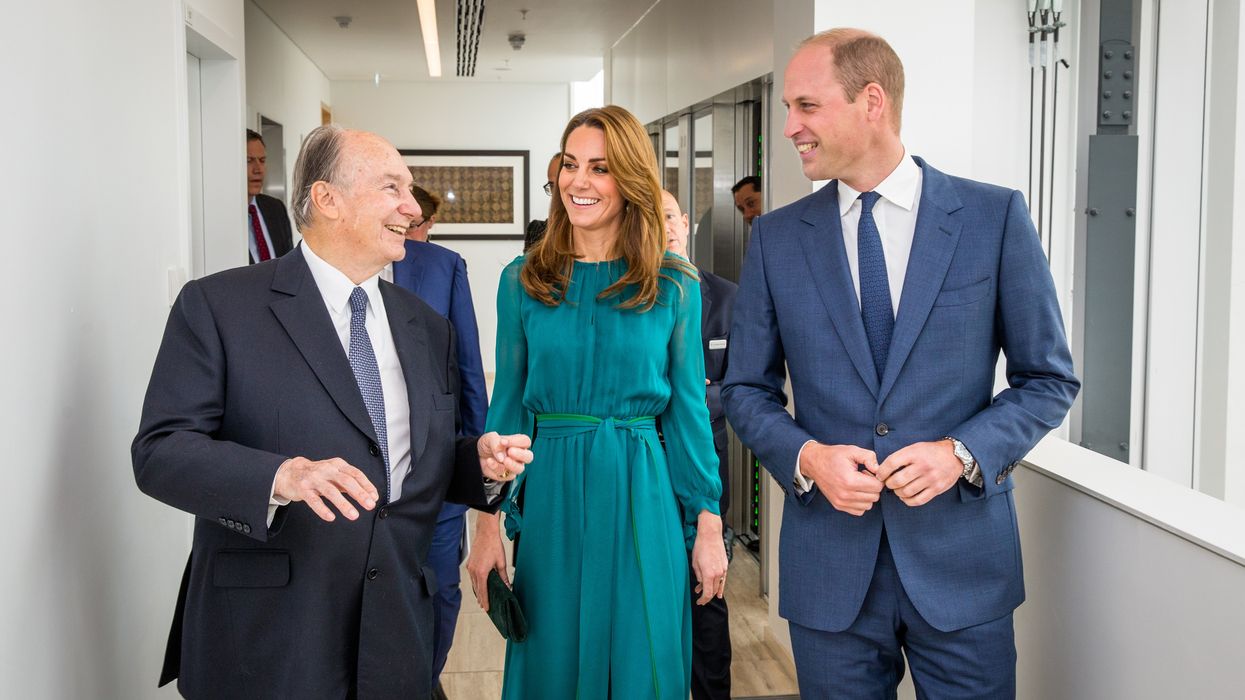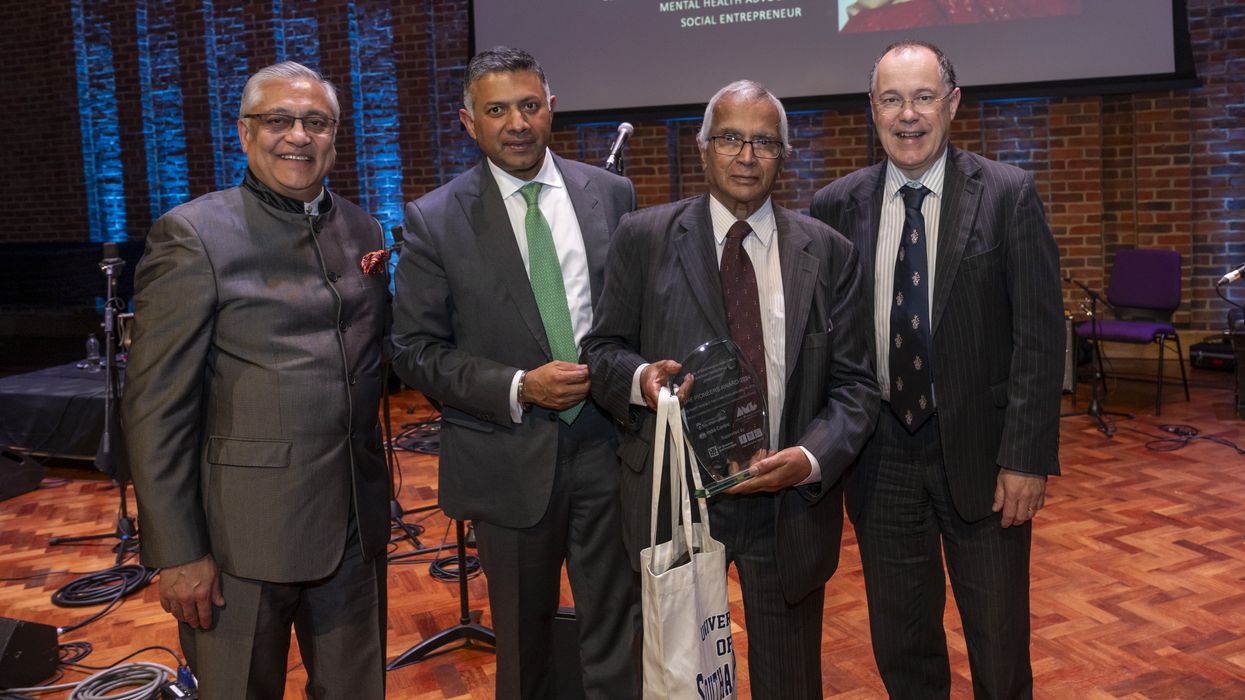FIGURES from the 2021 census showed Slough hosted 3.4 per cent of England and Wales’ Sikh population, writes James Moules.
Around 11.3 per cent of people in the borough listed Sikhism as their religion, the census report confirmed.
It also had the largest proportion of the country’s Sikh population outside of either Greater London or the West Midlands.
The Office for National Statistics (ONS) report from last Friday (14) that introduced the findings reads: “Most people who identified as Sikh lived in England, with 521,805 residents in England who identified as Sikh.
“There was also a larger proportion of people who identified as Sikh in England (0.9 per cent of the population of England) than Wales, where 4,065 people identified as Sikh (0.1 per cent of the population of Wales).”
More than one in four people identifying as Sikh in England and Wales lived in the West Midlands, with Sandwell holding the highest share of the Sikh population at 7.5 per cent..
Sikhs represented the fourth largest religious group in Slough at the 2021 census, behind Christians at 32 per cent of the town’s population, Muslims at 29.4 per cent and those reporting no religion at 13.1 per cent. The percentage of Slough’s population identifying as Sikh has grown to 11.3 per cent from 10.6 per cent at the previous census in 2011.
The report also found that home ownership rates across England and Wales were higher among the Sikh population at 77.7 per cent than the average of 62.7 per cent. The county’s Sikh population also made up the majority of Punjabi speakers in England and Wales, with 63.9 per cent of speakers identifying as Sikh. The report added: “The most common main language for people who identified as Sikh was English (English or Welsh in Wales) at 62.1 per cent, compared with 91.1 per cent of the England and Wales population.
“The second most common main language for people who identified as Sikh was Punjabi (36.6 per cent). In comparison, only 0.5 per cent of the England and Wales population reported that Punjabi was their main language.” (Local Democracy Reporting Service)




















